10 successful plastic recycling models in the world
Japan, the Netherlands, Norway and Sweden are at the forefront of environmental protection. The authorities and people here have applied many waste recycling models and succeeded in creating recycled materials.
These recycling models are considered by many international environmental experts as worth learning and should be applied to repel plastic waste and protect life itself ours.
In reply to Zing.vn, the representative of BRG Group informed that Vietnam is 4th in the world in terms of plastic waste discharge into the environment – a very sad ranking.
According to experts, it takes at least 100 years for plastic waste to decompose, ie in that 100 years, land environment – water environment – marine environment Ours is being destroyed every day.
“BRG Group always advocates sustainable business development that must be parallel with compliance with environmental protection standards, minimizing plastic waste. We never develop a business at any cost that affects the environment, because only when we respect the environment and do business on the basis of environmental protection will these business activities last for a long time. long-term, effective and supported by the community and society”, said the representative of this corporation.
Zing.vn e-newspaper accompanies with the Ministry of Natural Resources and Environment, BRG Group launches the campaign “Green of plastic” to contribute to raising awareness of conservation protect the environment, introduce to readers the ideas and ideas of recycling plastic waste, contributing to preserving the green of the Earth. For the sake of sustainable development, BRG Group strives to devote itself to community activities
Recycling park in Rotterdam, Netherlands
In August 2018, the Recycled Island Foundation and 25 related partners launched the floating park after 5 years of research and fundraising.
Recycling park made entirely of plastic and floating waste in the river. The recycled plastic is shaped into a hexagonal circle to recreate the scene of the Maas river in Rotterdam before the river was altered by humans.
These floating platforms are designed to reduce pollution from plastic waste. At the same time, they are created to serve as habitats for organisms. Plants grow both above and below the river’s surface, providing a food source that sustains marine life and encouraging fish to lay eggs below the surface.
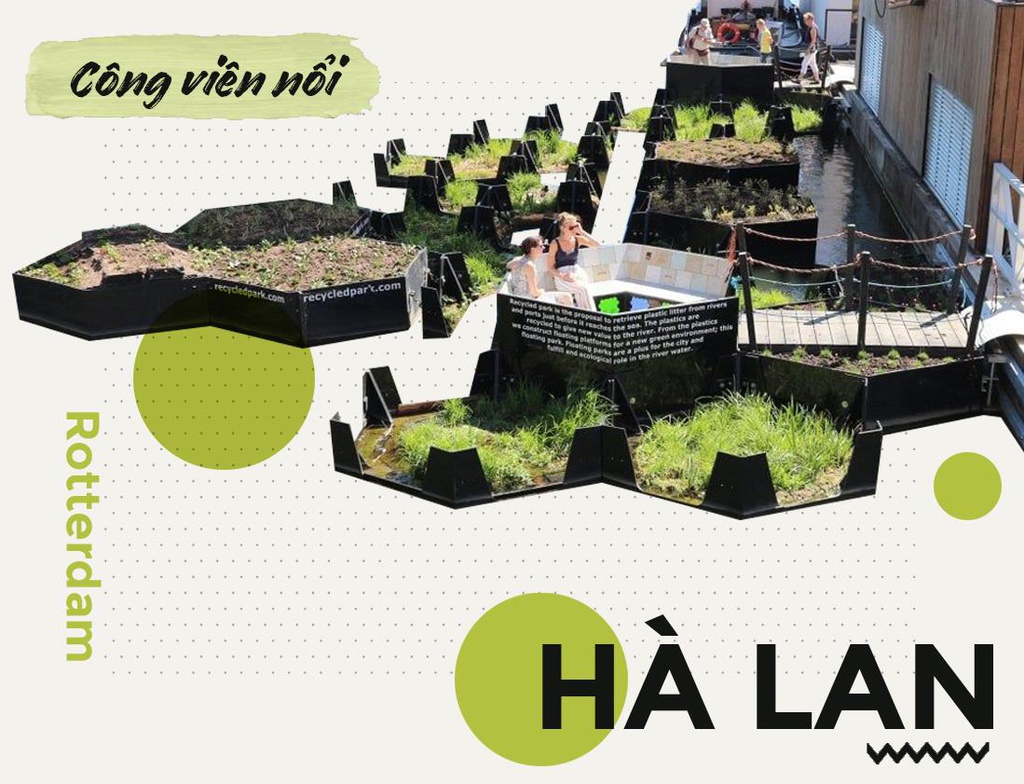
Recycling road in Rotterdam, Netherlands
Construction company VolkerWessels sets out to create an eco-friendly road with recycled plastic.
This is considered a measure to limit CO2 emissions to the outside environment. Recycled paved roads are evaluated by many experts to bring superior features, shorten construction and maintenance time. In addition, the pipes and cables are arranged under the road surface more easily, convenient for draining water and dealing with the blockage of water pipes.
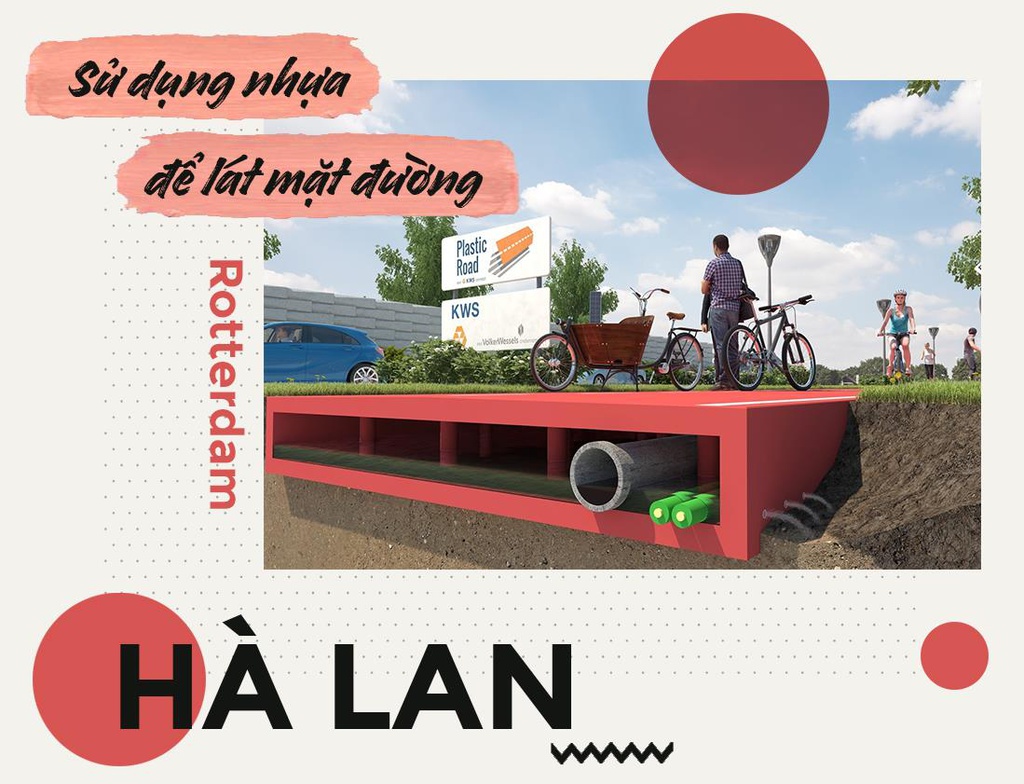
MR6 model in Cumbira, UK
In the UK, engineer McCartney collaborated with experts in Scotland to research and recycle plastic into a new material called MR6.
This idea was developed by him from seeing Indians burning plastic to fill potholes and potholes on the road. Accordingly, this model will use waste plastic, agricultural waste and commercial waste generated. Road mats are said to be up to 60% better quality and last 10 times longer than conventional asphalt roads. First of all, this model is applied near the farm Mr. McCartney lives. After that, road mats continued to be used in Cumbria county, England.
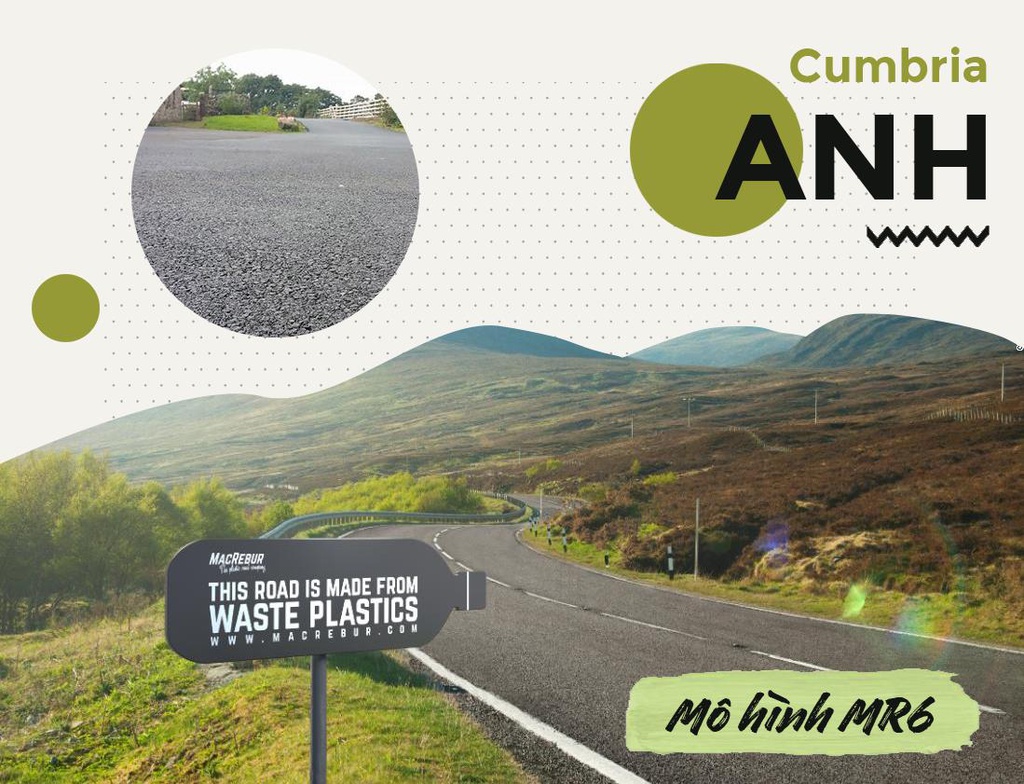
Russia applies the technology of turning waste into gasoline
Russian scientists have studied how to recycle plastic, applying high technology to turn plastic waste into a base material to obtain petroleum raw materials.
Researchers have applied pyrolysis technology in anaerobic environment to recycle plastic waste. When the recycled material is heated to a certain temperature, the bonds are broken and turned into a gas. At this time, the exhaust gas continues to be condensed into a petroleum liquid. According to experts, the advantage of this method is that it does not release harmful substances into the environment. Therefore, this is considered an environmentally friendly technology.
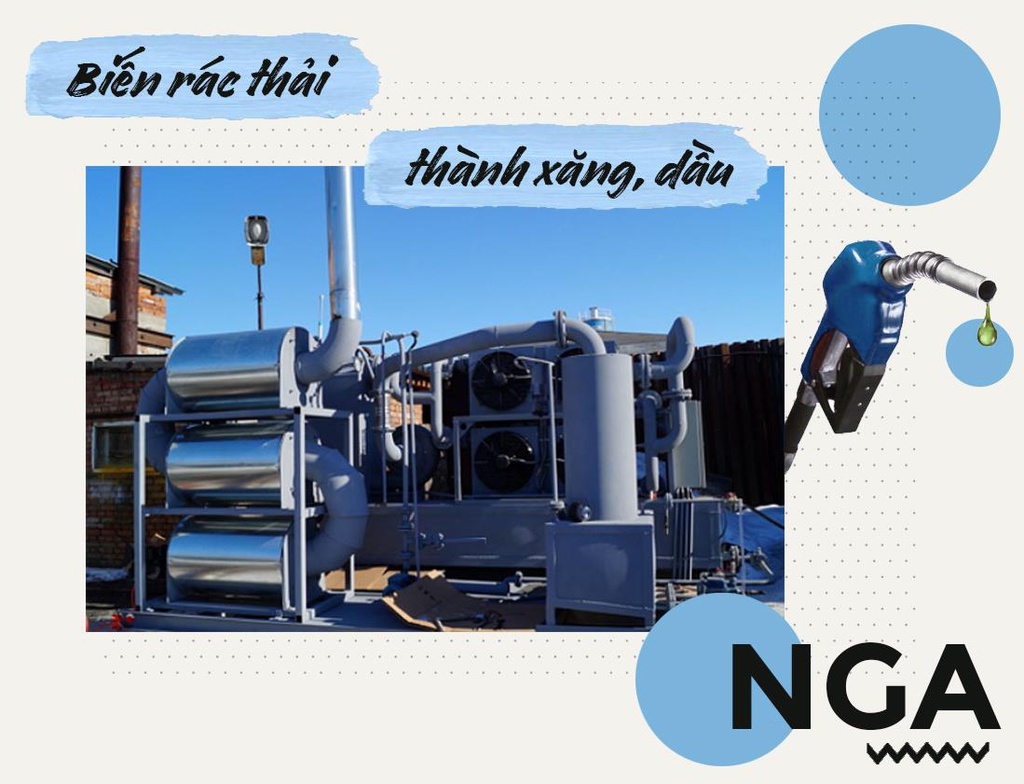
The technology of “turning trash into money” in Japan
Aware that the living environment is being polluted by plastic waste, Pet Refine Technology (PRT) in Japan has launched a plan to collect waste and process it into regenerative materials. Every day, PRT collects waste, plastic bottles from big cities Tokyo, Kawasaki for recycling. The company has its own process to create recycled white plastic beads into new ones. This product is exported by the company to many places, especially the crowded market in China. According to analysts, the investment cost of this factory is only a small part of the profit the company earns. Therefore, many people think that this modern garbage recycling line is the “turning garbage into money” model that the company has.
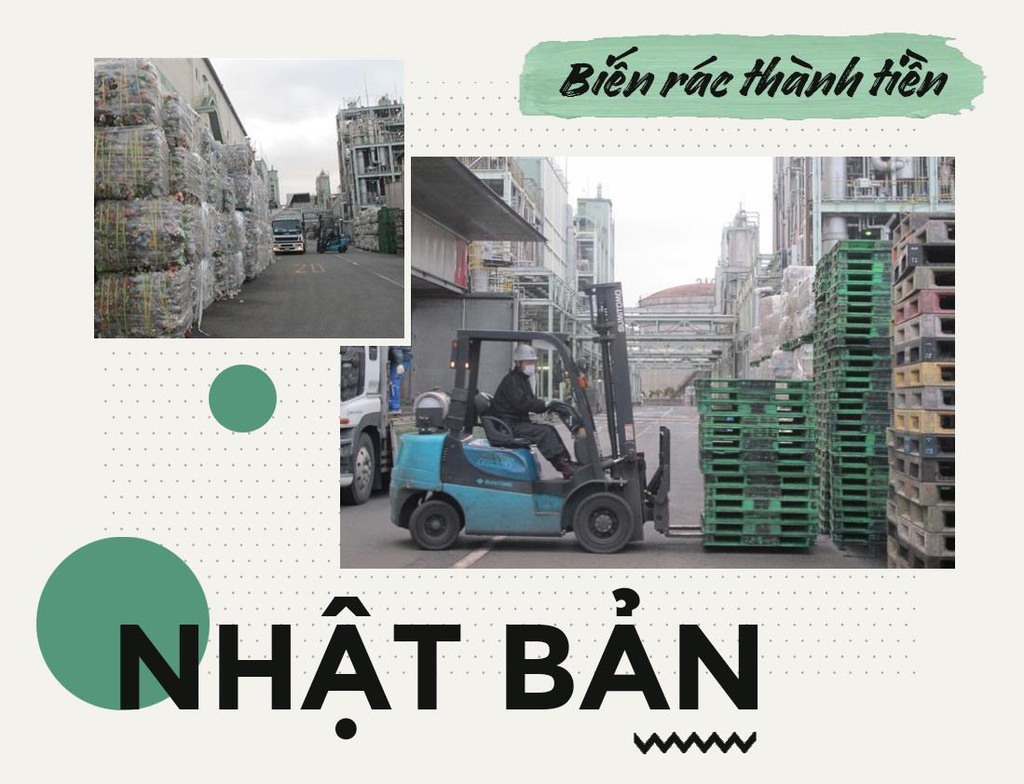
The “borrow water bottle” model is applied in Norway
Norway is considered a leader in the treatment of plastic waste. Many studies show that this is where the recycling rate of plastic bottles is up to 97%. One of the secrets they apply is the “borrowing water bottle” model. Accordingly, every time consumers buy a plastic water bottle, consumers will pay an additional fee of 13 – 30 cents (3,000 – 7,000 VND). When finished drinking, consumers will be refunded when returning water bottles at vending machines located around the city. The highlight is that just scan the barcode on the bottle, the money will automatically be deposited into your account. In addition, convenience stores have a program to give money and reward points when customers return used plastic bottles to encourage people to protect the environment.
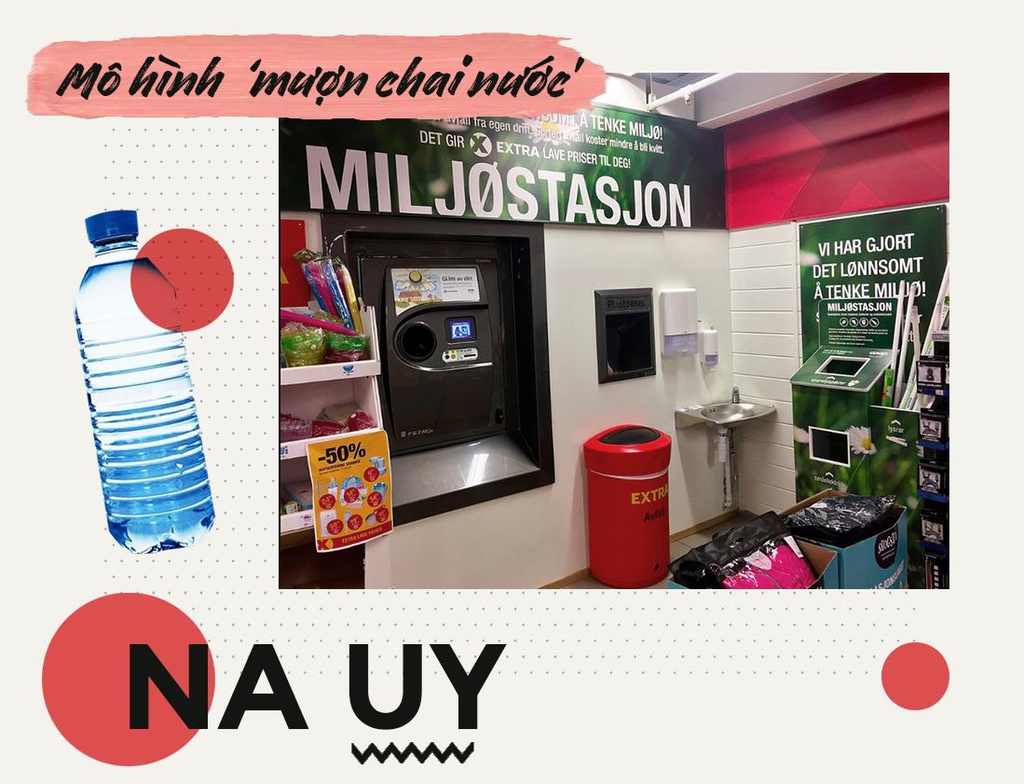
Belgium adopts Ecolizer and Green Events waste management processes
Belgium is one of the countries with one of the top recycling rates in the world. Accordingly, the researchers invented the Ecolizer and Green Facts methods to help them calculate the impact of a product on the environment.
This system also allows organizers to calculate the negative side of the amount of waste released into the environment.
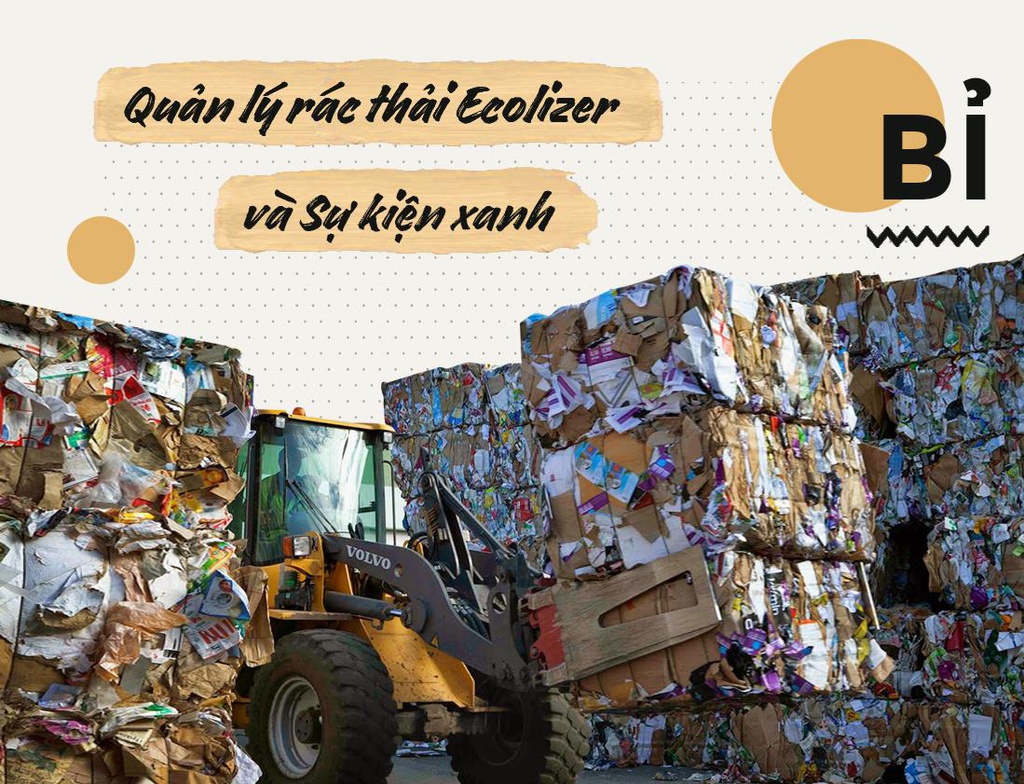
PET recycling biotechnology in Austria
A company in Austria has applied a high-tech solution, using an enzyme from a fungus to recycle PET plastic. Enzymes from the fungus will break down PET into molecules. These molecules then undergo a rigorous recycling process to turn into a high-quality plastic. Austria’s method is said by international environmental experts to have changed the face of the country’s environment. Thanks to the discovery of enzymes that “eat plastic”, managers have more ways to recycle PET plastic, instead of burning and shredding environmentally harmful waste as before.
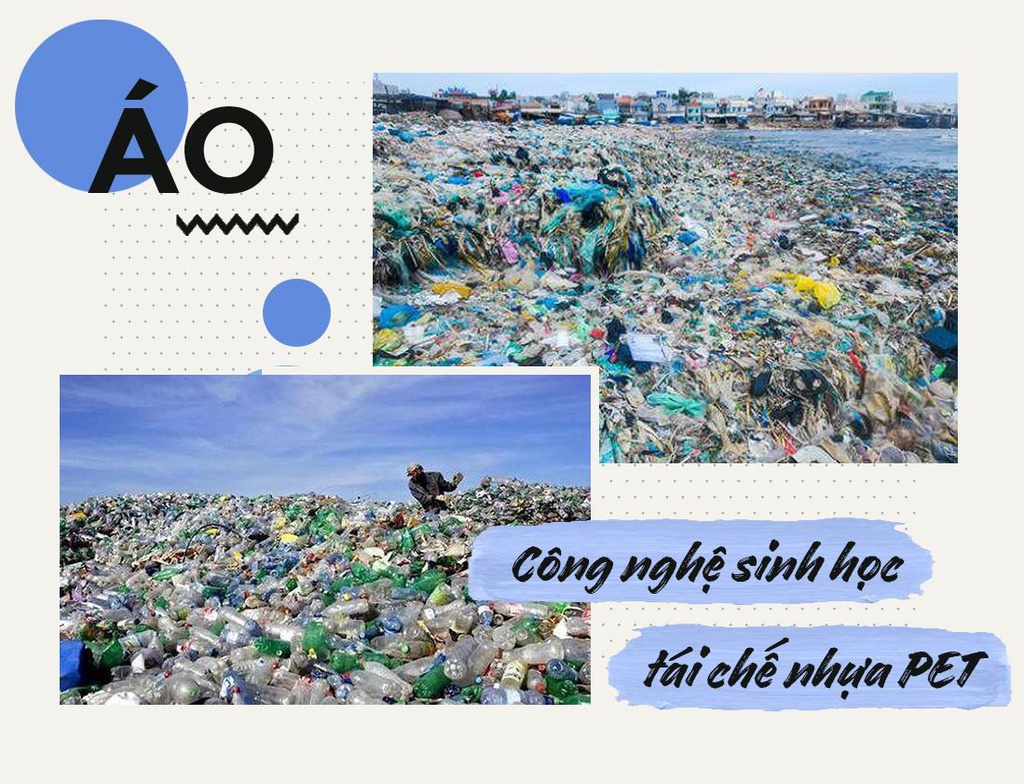
Policy to make Sweden the “King of Recycling”
Sweden is considered a leader in recycling, even the country has to import garbage to ensure its recycling plants work. Here, the nationwide reuse policy is conducted synchronously. A nationwide campaign called “Miljonar-vanglig” is called for towards sharing and reuse. An environmental company has summed up many of the secrets to making Sweden a zero-waste country, including the introduction of waste recycling stations everywhere, no leftover medicine, a campaign to separate garbage….
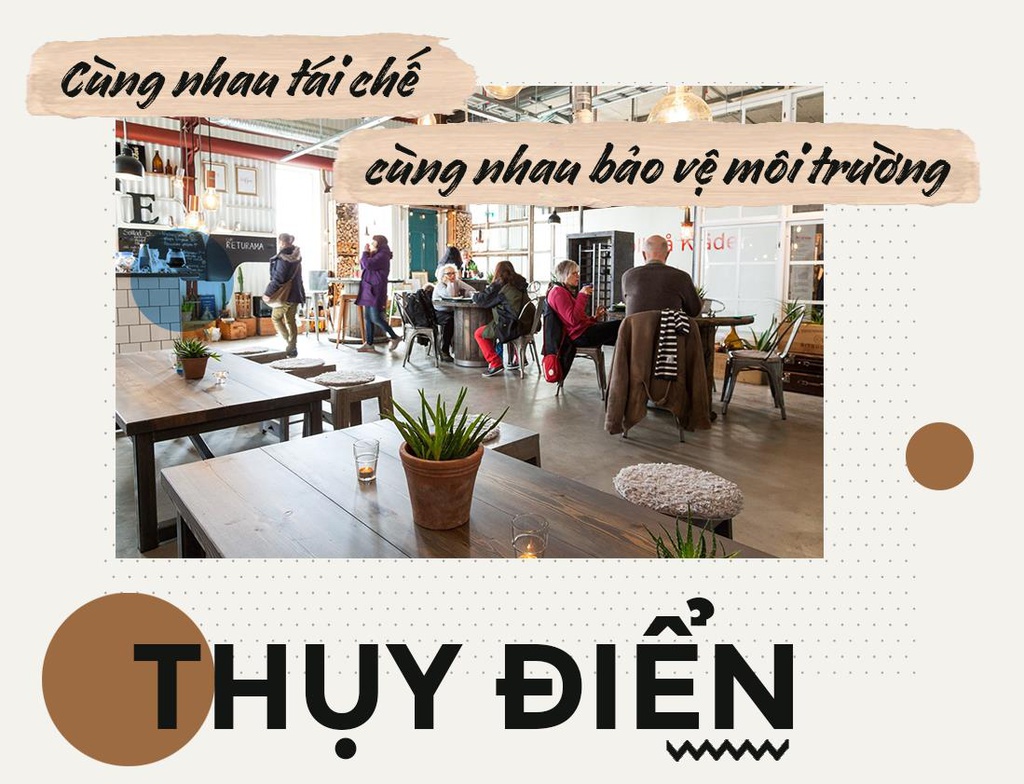
Japan turns waste into clothes and paving bricks
Minato Resource Recycling Center has imported recycled plastic containers to the factory for processing. Then, workers will sort the waste and recycle it into useful products.
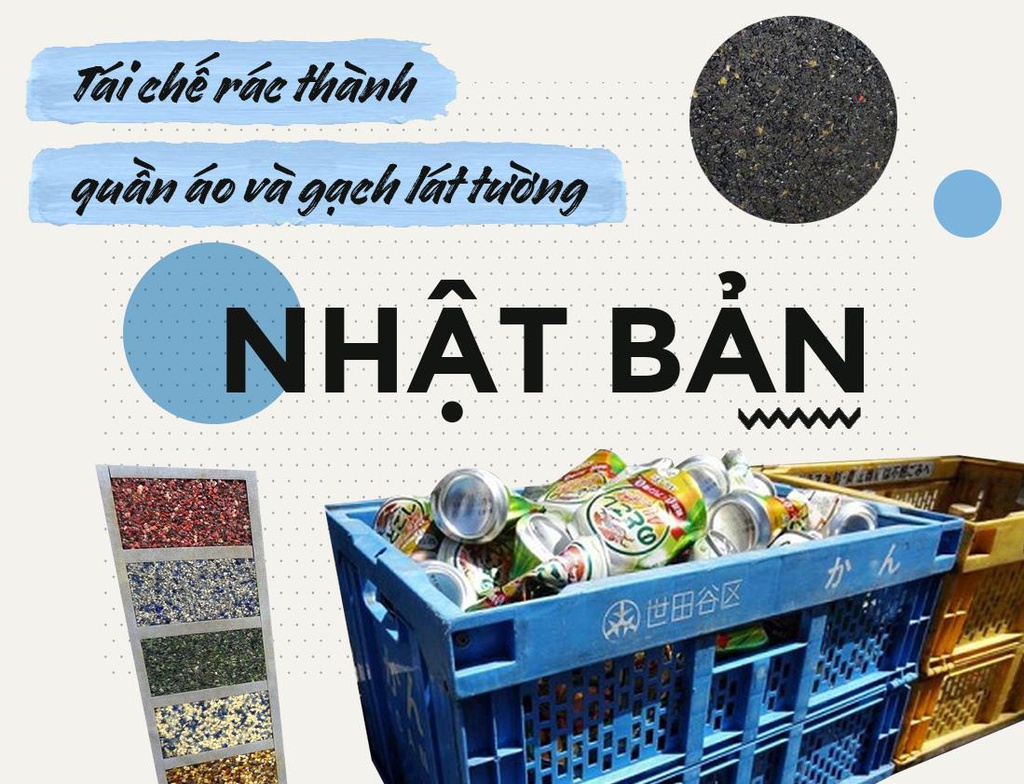
This center’s glass recycling line has a capacity of up to one ton/hour. Treated bottles can be turned into shards of glass and used as paving material or recycled into new glass bottles. In addition, the metal waste processing line has a compressive capacity of up to 1,400 boxes at a time, creating canning materials, building materials, and even being recycled into new bottles, fibers or stationery.







